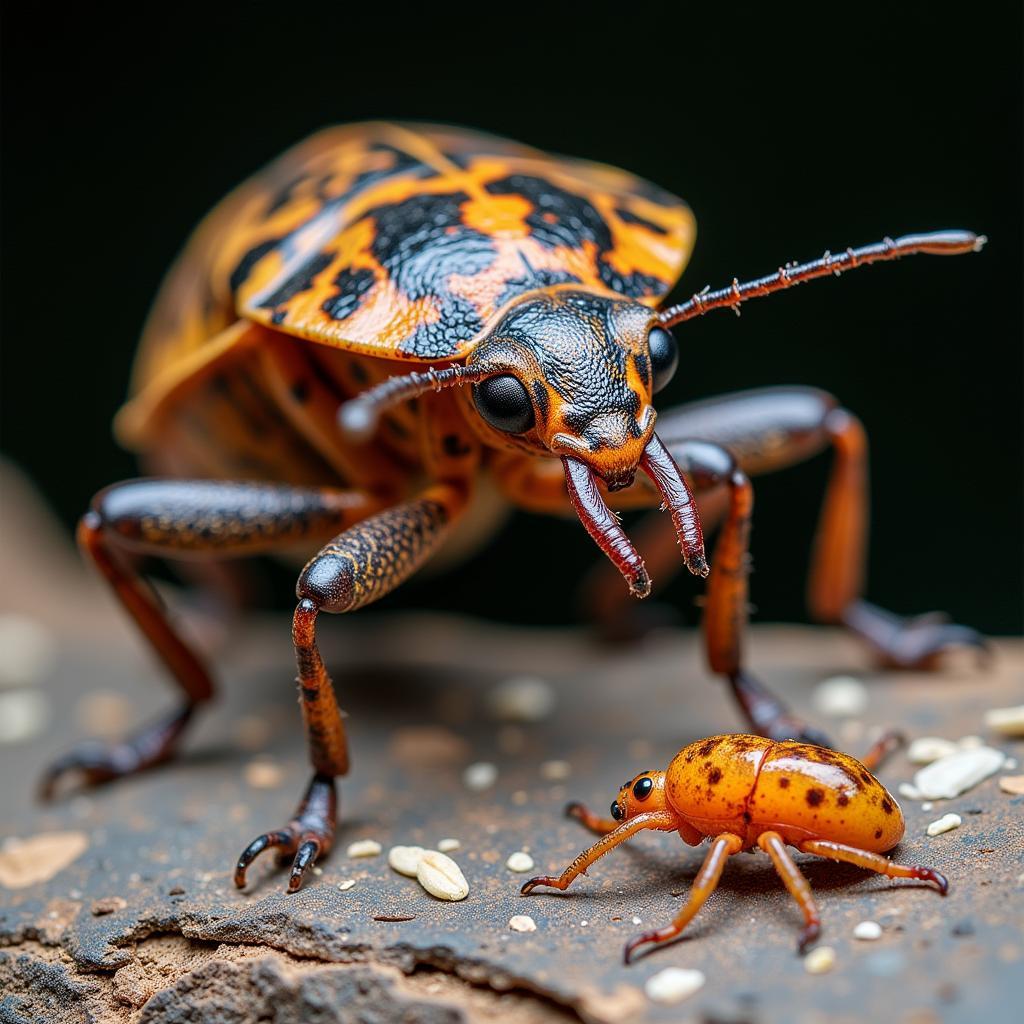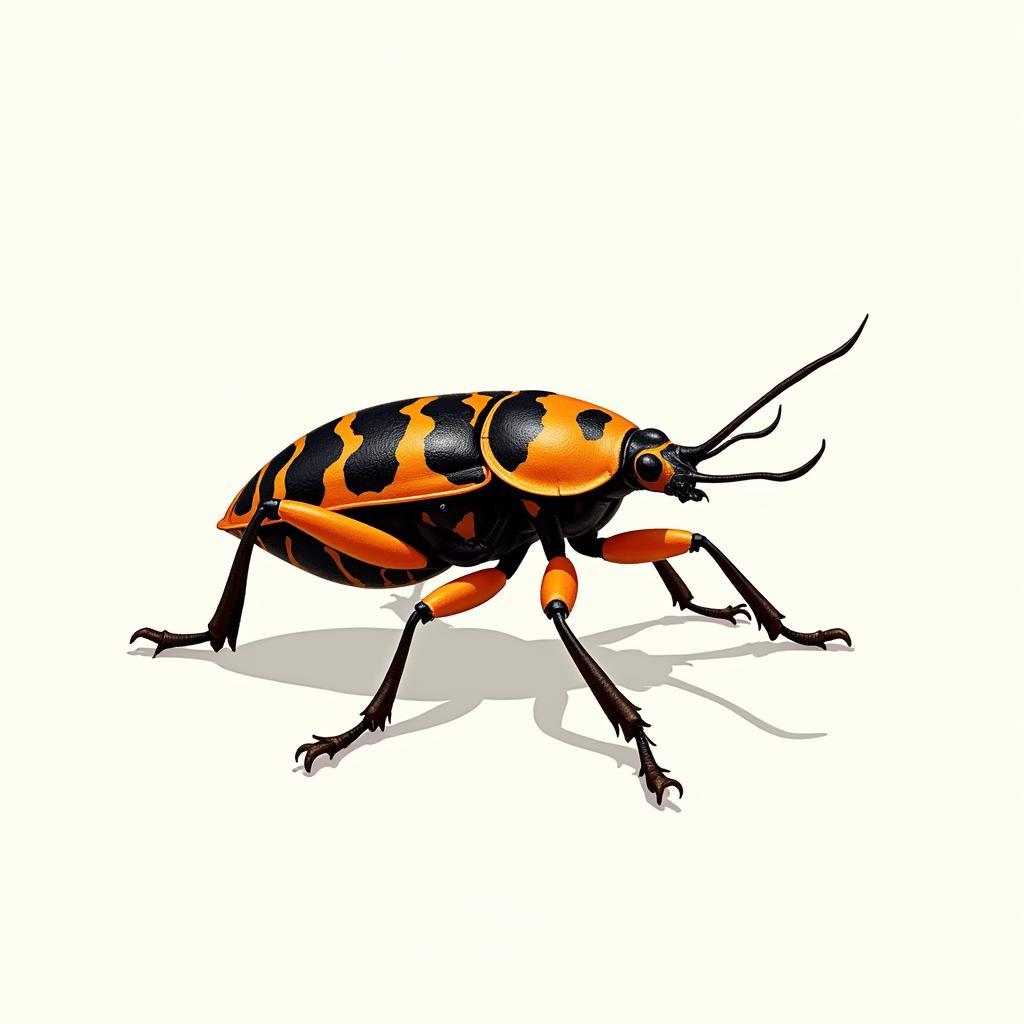African Kissing Bugs: A Detailed Guide to Their Dangers and Prevention
The African Kissing Bug, also known as the triatomine bug, is a blood-sucking insect found primarily in the Americas, not Africa as the name suggests. This misleading name often leads to confusion, as these insects are not native to the African continent. However, understanding the dangers of the African kissing bug is crucial, especially due to its ability to transmit a potentially fatal parasitic disease called Chagas disease.
Understanding the Misnomer: Why “African” Kissing Bug?
The name “African kissing bug” is a misnomer with roots in historical misidentification and potential public perception. It’s important to clarify that while some triatomine species exist in other parts of the world, they are predominantly found in the Americas.
One theory behind the name suggests early explorers or colonists might have encountered similar-looking insects in Africa, leading to a mistaken association. Another possibility is that the name arose from a need to distinguish this particular type of kissing bug from other blood-feeding insects.
Regardless of the origin, the term “African kissing bug” persists. It highlights the importance of scientific accuracy and dispelling misinformation about insects that can impact human health.
The Threat of Chagas Disease: A Silent Killer
 African Kissing Bug and Chagas Disease
African Kissing Bug and Chagas Disease
The African kissing bug is a vector for the parasite Trypanosoma cruzi, which causes Chagas disease. This disease, often called a “silent killer,” can remain asymptomatic for years, making early detection challenging.
How Chagas Disease Spreads:
- The Bite: An infected kissing bug bites a human or animal, usually near the mouth or eyes (hence the name “kissing bug”).
- Parasite Entry: The bug defecates during or after feeding, leaving behind parasites in its feces.
- Infection: When a person unknowingly rubs the infected feces into the bite wound, eyes, mouth, or any skin opening, the parasites enter the bloodstream.
Stages of Chagas Disease:
- Acute Phase: Fever, fatigue, body aches, and swelling around the bite area or eyelids might occur. This phase often goes unnoticed.
- Chronic Phase: Years or even decades later, serious complications can arise, including heart problems, digestive issues, and even death.
Identifying an African Kissing Bug: Key Features
 Identifying Features of an African Kissing Bug
Identifying Features of an African Kissing Bug
Accurate identification is crucial to avoid misidentifying harmless insects. Look for these characteristics:
- Size and Shape: 1/2 to 1 inch long, oval-shaped body
- Color: Dark brown or black with distinctive red, orange, or yellow markings on the abdomen
- Mouthparts: Long, thin proboscis (feeding tube) extending from the head
Preventing African Kissing Bug Infestations: Protecting Your Home
- Seal Cracks and Gaps: Inspect your home for cracks in walls, foundations, and around windows and doors. Seal them properly.
- Screen Windows and Doors: Use fine-mesh screens and ensure they fit tightly.
- Outdoor Lighting: Use yellow or sodium vapor bulbs, which are less attractive to insects.
- Cleanliness: Keep your home and surroundings clean and free from clutter.
- Pet Care: Regularly check pets for bugs, especially after they’ve been outdoors.
Seeking Medical Attention: When to Consult a Doctor
If you suspect an African kissing bug bite or experience symptoms of Chagas disease, consult a healthcare professional immediately. Early diagnosis and treatment are crucial for managing the disease effectively.
Expert Insight:
“Early detection is key in combating Chagas disease,” says Dr. Maria Rodriguez, a leading infectious disease specialist at the Tropical Medicine Institute. “If you live in an area where kissing bugs are prevalent, be vigilant about prevention measures and seek medical advice if you have any concerns.”
Conclusion: Awareness and Action are Key
While the name “African kissing bug” might be geographically misleading, the threat these insects pose is real. By understanding the risks, recognizing the insect, and taking preventive measures, we can protect ourselves and our loved ones from the dangers of Chagas disease.
Frequently Asked Questions:
- Can African kissing bugs fly? Yes, they are capable of flying, though they are more active at night.
- What should I do if I find a kissing bug? Do not touch it with bare hands. Trap it in a container and contact your local health department for guidance.
Need Help? Contact Us:
For any concerns about African kissing bugs or if you need assistance with pest control, please don’t hesitate to reach out to us.
Phone: +255768904061
Email: kaka.mag@gmail.com
Address: Mbarali DC Mawindi, Kangaga, Tanzania.
Our dedicated customer care team is available 24/7 to assist you.

